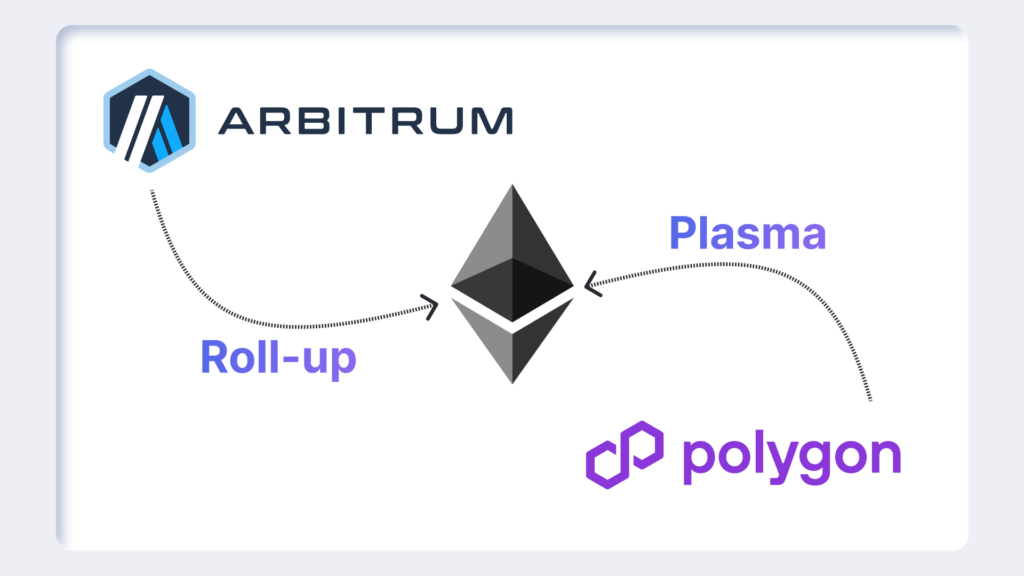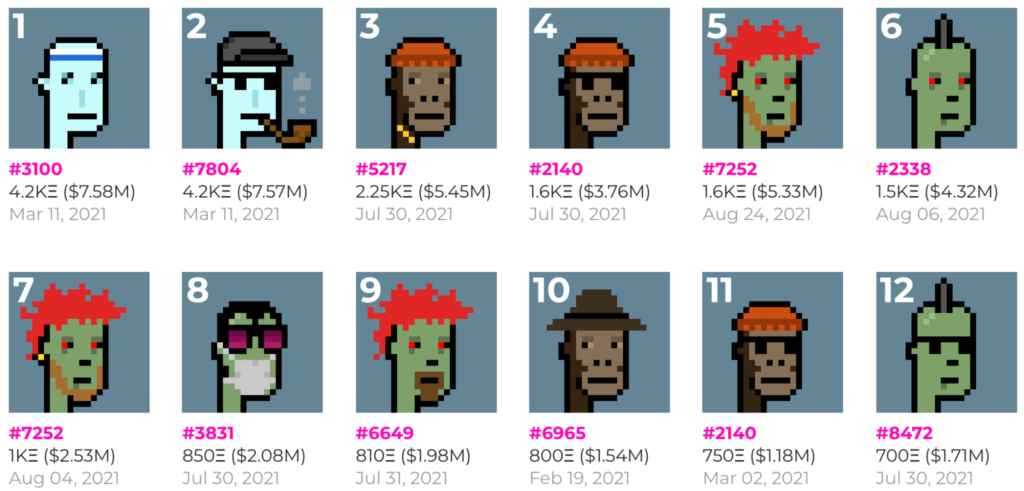Goldman Sachs is quietly writing its next Wall Street playbook—and blockchains sit at the centre of the page. Speaking at TOKEN2049 Singapore, Mathew McDermott, the bank’s global head of digital assets, confirmed that Goldman plans to launch crypto‑lending facilities and double down on tokenization over the next 18 months.
McDermott, who steered Goldman’s first Bitcoin‑backed loan in 2022, said client appetite has “shifted from curiosity to concrete requests.” Hedge funds want collateralised lending lines; asset managers want real‑time cap‑table views; corporates want faster settlement for private‑equity stakes. “Tokenization closes all three gaps,” he told the audience.
Goldman’s in‑house rails are already live. GS DAP®—short for Digital Asset Platform—has processed bond issuances for the European Investment Bank and, more recently, a fully digitised sovereign green bond for Hong Kong’s government. The system tokenises securities on a permissioned chain, links them to tokenised cash and then records coupon payments in minutes rather than days. The next step, McDermott said, is opening GS DAP to external issuers and stitching it into public‑chain bridges so tokens can move between regulated venues and DeFi liquidity pools.
The roadmap slots neatly into Washington’s newly relaxed stance on banks’ crypto activities. Trump‑era banking regulators shelved the reputational‑risk doctrine in March and issued draft guidance that lets federally insured banks custody and lend digital assets if they ring‑fence capital and maintain provable 1:1 reserves. Goldman’s compliance teams are now working with the OCC to secure green lights for crypto‑collateral lending and stablecoin‑settled repo trades, according to two people close to the talks.
A broader Wall Street pivot
Goldman is hardly alone. Morgan Stanley is building a crypto trading stack for its E*Trade platform, targeting retail access in early 2026. Charles Schwab and State Street are planning custody launches the same year, with State Street leveraging Taurus’ infrastructure to service $46 trillion in assets. Even cautious Citigroup is designing a pilot to warehouse tokenised treasuries in segregated cold storage.
The lure is twofold: new fee lines in a bruised capital‑markets cycle and a shot at the $2 trillion stablecoin market Standard Chartered predicts if the GENIUS Act clears Congress. Tokenised bonds, money‑market funds and private‑credit pools already settle on‑chain at lower cost; plugging those rails into Wall Street’s balance sheet could unlock intraday liquidity and regulatory capital relief.
Goldman’s own balance‑sheet play is crypto lending. McDermott said the desk would accept Bitcoin, Ether and “select large‑cap tokens,” extend dollar or stablecoin credit, and rehypothecate the crypto into repo‑style funding trades. Counterparties would include hedge funds, OTC dealers and, eventually, corporate treasuries exploring Bitcoin‑style reserve strategies.
Risk, reward and the road ahead
Sceptics warn of 2022’s bruises: FTX contagion, stablecoin de‑pegs, and the Celsius collapse all stemmed from poor risk controls. McDermott counters that Goldman’s margining engines, daily stress tests and Basel‑aligned capital buffers will insulate the bank. “We’re bringing the same playbook we use for prime brokerage—just translated into smart‑contract code,” he said.
If Goldman succeeds, tokenisation could migrate from proof‑of‑concept to profit centre. And with Wall Street’s biggest names now building parallel strategies, the question isn’t whether regulated crypto finance is coming—but how fast it scales once the floodgates open.
In the end, the bank that once called Bitcoin “not a real asset class” may help define the rails on which trillions in tokenised treasuries, money funds and private‑equity shares will travel. For Goldman, that’s not a pivot; it’s business as usual—only faster, cheaper and on‑chain.


